
When we signed the closing documents to purchase our home over 5 years ago, I never thought I would be signing the same paperwork to stay in our home. But that’s exactly what we are about to do.
We will make our way to our attorney’s office later this week to sign the documents to perform a cash-out refinance. We will sign the documents to take out a new loan with a much larger balance. The new loan will allow us to pay off the current (soon to be former) mortgage. The difference between the two loans will be given to us in cash.
The recent drop in mortgage rates over the past couple of months prompted us to consider refinancing. The rule of thumb for refinancing is to consider refinancing when the interest rate drops by 1-2%. I decided to consider it when I heard interest rates were at an all-time low.
Many who are pursuing financial independence would never consider a cash-out refinance. A common approach for those pursuing FI is to pay down the mortgage early. In fact, I have toyed with paying off our mortgage early many times.
For about two years of the past five years, we were paying a little extra on top of our mortgage payment. If we continued with doing this, it would allow us to pay off our mortgage in 25 years.
We started doing this when our real estate taxes decreased. It would have lowered our monthly payments by $150. Instead of pocketing the difference, I decided to keep our payments the same. The extra amount was going to the principal on the mortgage.
This felt like a mental hack more than anything.
We later stopped it when I realized we could be making money in the stock market. I know the math works out in favor of investing over paying off the mortgage early. There was still something quite alluring about not having a mortgage payment. I haven’t stopped thinking about it.
So I understand why some pursuing financial independence would scoff at the idea of performing a cash-out refinance. It seems counter-intuitive to someone pursuing financial independence.
But that’s exactly what we are doing. I want to share more about our decision, explain why it makes sense for us, and illustrate situations where it could make sense for you.
What is a Cash-Out Refinance?
For those who are unfamiliar with this, a cash-out refinance is taking out a new loan with a larger loan amount than what you currently owe. The result is that you receive a cash payment for the difference between the two loans. By executing a cash-out refinance, you are effectively pulling out some equity of your house so that you have more cash.
The primary benefit being the increased liquidity, coming from converting the equity in your home into cash.
Two Myths that Almost Prevented Us from Refinancing
As I said, refinancing was never in our plans. And I almost passed on the opportunity because of a few myths that I bought into. Fortunately, I continued to talk about it with Jess and another close friend. This allowed me to work through these myths and see that refinancing could be beneficial for us.
Myth #1 – You’ll Pay More in Interest
Logically I knew that when refinancing, we could choose any length of mortgage: 30, 25, 20, or even 15 years (all as realistic options). I understood the mechanics. The loan term, the loan amount, and the interest rate would all calculate the interest we paid.
Yet, I found myself convinced that refinancing would mean we would pay more interest.
I decided to run the numbers. I reviewed the total amount in interest of our existing loan to a few scenarios. I discovered that we wouldn’t pay more interest.
We currently have an interest rate of 3.875%. This is a good rate. With an original loan balance of $344,000, this is what our 30-year mortgage looks like (excluding taxes, insurance, and HOA for sake of easy comparison):
- Monthly Payment: $1,618
- Total Interest Paid (over 30 years): $238,342
- Total Payments (over 30 years): $582,341
Within the first 5 years, we have already paid approximately $63,565 in interest. When looking at interest paid, we will add that amount to the new interest amount that we would pay. This will help us calculate how much money in interest we would pay between the two loans. This calculation assumes we’d stay in the home for the full duration of the second loan.
We received a rate of 3.25% for a 30-year fixed mortgage. With a current loan balance of ~$305,000, the new 30-year mortgage would look like this (not assuming a cash-out refinance):
- Monthly Payment: $1,328
- Total Interest Paid (over 30 years): $172,857
- Total Payments (over 30 years): $477,857
When you combine the total interest paid for the new loan with the interest we’ve already paid, we would pay $236,422 in interest. This is a savings of $1,920 in interest.
These scenarios helped illustrate that we wouldn’t pay more money in interest. With a shorter term, we could decrease the amount we pay in interest even more. If we went down to a 15-year term, we could get an even lower interest rate as well.
Working through these scenarios not only made me more open to the idea of refinancing but also identifying a more deeply-rooted myth.
Myth #2 – Interest is Bad
Very similar to the myth that I would pay more interest, I had also assumed that paying interest was bad.
This is linked to my firm belief that you should not finance vehicles. There are two primary reasons that drive this belief. First, there is the potential to get to a point where you owe more than the car is worth (and be considered “underwater”). Second, you will pay more for a car than the purchase price.
Financing a car with an interest rate other than 0.0% means that you are paying more than the sticker price. While it may seem like you are getting a deal, you’re actually paying a lot more for that car over the term of the loan.
A home is generally an appreciating asset, unlike vehicles. So the risk of being underwater is far less (unless you are purchasing a home with a 0% down payment).
The second notion of paying more for an item that you finance is so engrained in me that I was applying this same belief to a home purchase.
Why pay more for our home by paying interest?
By working through these mortgage calculations, I was able to uncover this myth and work through it.
This myth is actually supported by two key assumptions.
First, it is assuming that we will stay in our home for the duration of the loan. The calculations above assumed that we would stay in this home for another 30 years.
This was a huge hurdle for me. There is something demoralizing about starting over on a 30-year loan after you’ve already paid payments for 5 years. In fact, just a few months ago I texted my friends that I had less than 25 years left on my mortgage. It felt like a big milestone.
But I was missing one obvious fact. While we have more than enough space in our 1,000 square foot mansion, it’s hard to believe that we will live here for another 25-30 years. Because of this, I realized that we’re not going to be paying the loan for another 30 years. That means we likely won’t pay the full amount in interest.
Second, it also assumes that all interest payments are valued the same, even payments well in the future. This is actually not the case, thanks to inflation. According to the US Bureau of Labor Statistics, the average annual inflation rate of the past 30 years is 2.4%. This means that the purchasing power of a single dollar decreases by about 2.4% each year.
If you focus on the total monthly payments, this works to our advantage with 30 years of fixed payments. This means that the payments in the future would be made with less powerful dollars. It’s almost as if the future payments will be discounted.
For example, let’s look at how inflation has already impacted our original monthly payment of $1,618. We started paying this in December 2014. We now have about 5 years of inflation that reduced the buying power of our fixed payment amounts. Our current monthly payment of $1,618 in 2014 dollars is $1,472 as of March 2020 (thanks to the Bureau of Labor Statistics inflation calculator).
And that’s just five years.
While the monthly payments are fixed, the interest amount is paid more towards the beginning of the loan to help make up for this.
Working through this myth and the related assumptions helped me see that I shouldn’t be trying to limit how much money we pay on interest. Instead, I should focus on fixed payments and cash flow.
I am no longer worrying about how much we are paying for our house. By focusing on our short and long-term cash flow, I was more open to pulling equity out of our home.
Why Do a Cash-Out Refinance?
As noted at the beginning of the post, we decided to do a cash-out refinance. But the decision was made almost as two sequential decisions:
- Does it make sense to refinance?
- Does it make sense to do a cash-out refinance or reduce our monthly payment?
Why It Made Sense For Us To Refinance
There were three reasons that refinancing made sense for us:
1. Interest Rates are at an All-Time Low
Today has one of the lowest interest rates in the past 50 years (similar to 2012 and 2016). Interest rates have never been lower.
While interest rates at an all-time low do not guarantee that it makes sense to refinance, it is worth considering. As we demonstrated above, the numbers made sense for us with the lower interest rate.
If we did not extend the loan period past the original 30-year date and opted for a 25-year mortgage with the refinance (to compare apples to apples), here’s the comparison between the two scenarios:
| Item | Original Loan | Refinance w/ 25 Year Loan |
|---|---|---|
| Monthly Payment | $1,618 | $1,618 for 5 years; $1,486 for 25 years |
| Total Interest (over 30 years) | $238,342 | $204,459 |
| Total Payments (over 30 years) | $582,341 | $542,974 |
The result would be a total savings of $39,367 over the next 25 years, with about $132 per month less in monthly payments. With closing costs around $3,000, it takes us less than 2 years to break even.
2. We’re Not Going to Live Here for 25+ More Years
As we discussed above, we’re not going to live here until we pay off the loan, but we are planning to live here for the foreseeable future. If we were planning to move in the next year or two, this might not make sense.
But by not planning to live here until we pay off the loan, it doesn’t matter if we extend the term of the loan. We are effectively accessing the equity in our house now, instead of waiting until we sell.
3. We Want to Increase Our Cash Flow
As we have talked about before, we also want to increase our flexibility. Increasing our cash flow helps us achieve and realize more freedom as we go. With more cash flow, we can increase our investments and decrease our reliance on W2 income. Then we can choose to work less or optimize our lives along the way.
Increasing our cash flow through refinancing could come in two ways: lowering our monthly payments OR doing a cash-out refinance and using the cash for investment(s).
I’ve already spoiled the decision so let’s talk through why we chose to do a cash-out refinance.
Cash-out Refinance vs Lower Monthly Payment
We decided to do the refinance and to prioritize the 30-year term for the reasons outlined above. Then it became a binary decision between two options.
Option 1: Lower Monthly Payment
Option 2: Cash-out Refinance
Let’s walk through the two scenarios from all angles:
Option 1: Lower Monthly Payment
With option 1, this is pretty straight forward. The decreased loan amount spread over the new 30-year term and the lower interest rate would have given us a new monthly payment of $1,327. This is a savings of $291 per month.
While this would be nice, this wouldn’t make a huge difference for us. We already save over 50% of our income each year.
Annual Impact to Cash Flow: $3,492 from decreased monthly payments
Option 2: Cash-Out Refinance
The biggest variable when considering a cash-out refinance is how much equity to pull out. We calculated that we could borrow up to $375,000 at 3.25% for 30-years to both keep the same monthly payment (technically it’s $1,632) AND keep the prime rate.
While we could borrow more, this would increase the interest rate (because of the loan-to-value ratio) and would increase the loan amount. Both of which would drive up the monthly payment.
Even after closing costs, this nets us about $67,000.
And what I haven’t mentioned yet is that we are looking to invest in real estate. We have a large cash balance right now, aimed at helping us buy our first rental property. At our current savings rate, it would still take us 2-3 more years to save up enough money to buy a rental with cash.
We could buy a rental property today if we decided to take out a mortgage for that property. The problem with this is that it would be a higher interest rate.
The combination of being able to pull out $67,000 at a lower interest rate AND be able to put those funds to use earlier (by at least 3 years), makes this a win-win. Not only do we save from borrowing at a lower rate, but we also put those funds to use. By my current estimates, we will net ~$800/month that we wouldn’t otherwise get for another 3 years.
Annual Impact to Cash Flow: $9,600 from increased rental income
Comparing the two options from a cash flow perspective was very helpful in deciding between the two. It makes sense for us to take advantage of the low-interest rates and pull out the equity from our home with a cash-out refinance.
The driving reason for our cash-out refinance is to take advance of another investment opportunity. This is just one of the two most popular reasons for doing a cash-out refinance.
Another Reason to Do a Cash-Out Refinance
Another popular strategy for doing a cash-out refinance is debt consolidation. If you have other debt with higher interest rates, it could be helpful to do a cash-out refinance to pay down debt. We were fortunate to escape college and grad school debt-free, so this did not play a factor in our decision.
I won’t have adequate time to walk through all the nuances of this decision, but I’ll highlight some of the considerations.
The primary benefit of using a cash-out refinance for debt consolidation is reducing both the interest rate and monthly payments.
Before pulling equity out of your home to pay off debt, you should consider:
- your ability to pay off the other debt quickly
- the term of your existing loan
- Interest rates
- Other forgiveness or forbearance options (that may not carry over into a mortgage).
These considerations are true of any debt consolidation strategy. The primary consideration that should give you pause is that you will have to pay off the consolidated balance over a longer period of time. In other words, you may see an immediate boost to your cash flow by reducing your payments in the short-term. But it may also impact your long-term cash flow by extending the payment period.
You have to weigh the pros and cons and figure out what makes sense for you. A cash-out refinance may not make sense for everyone, but it will boost our cash flow and help us achieve our goals.
Have you ever considered a cash-out refinance? Why or Why not?


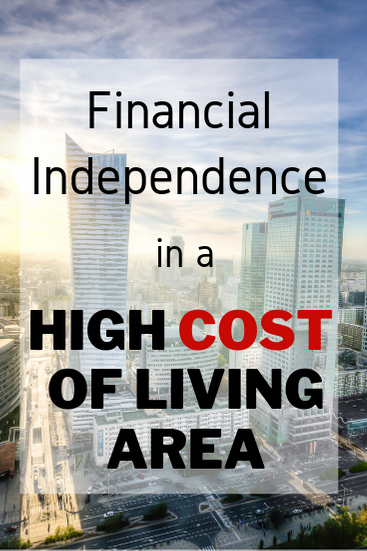
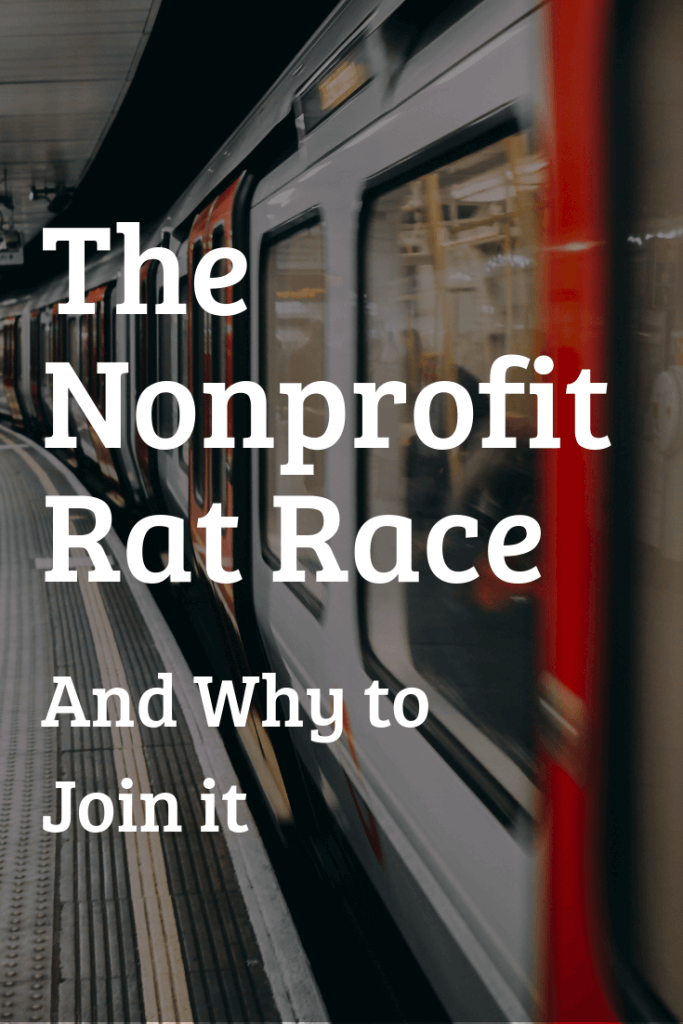

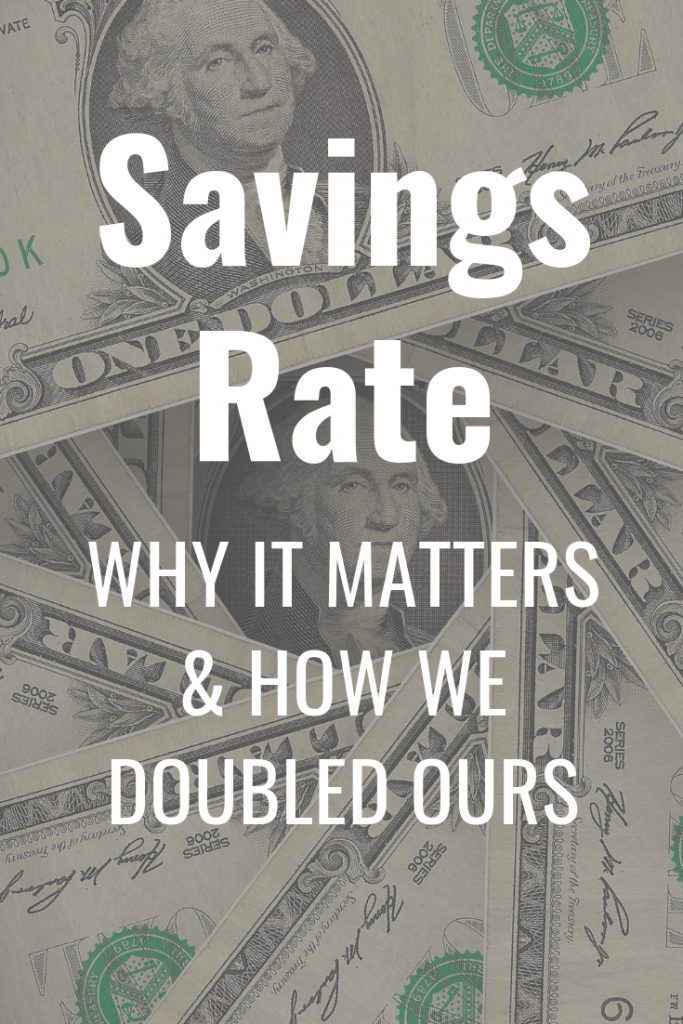

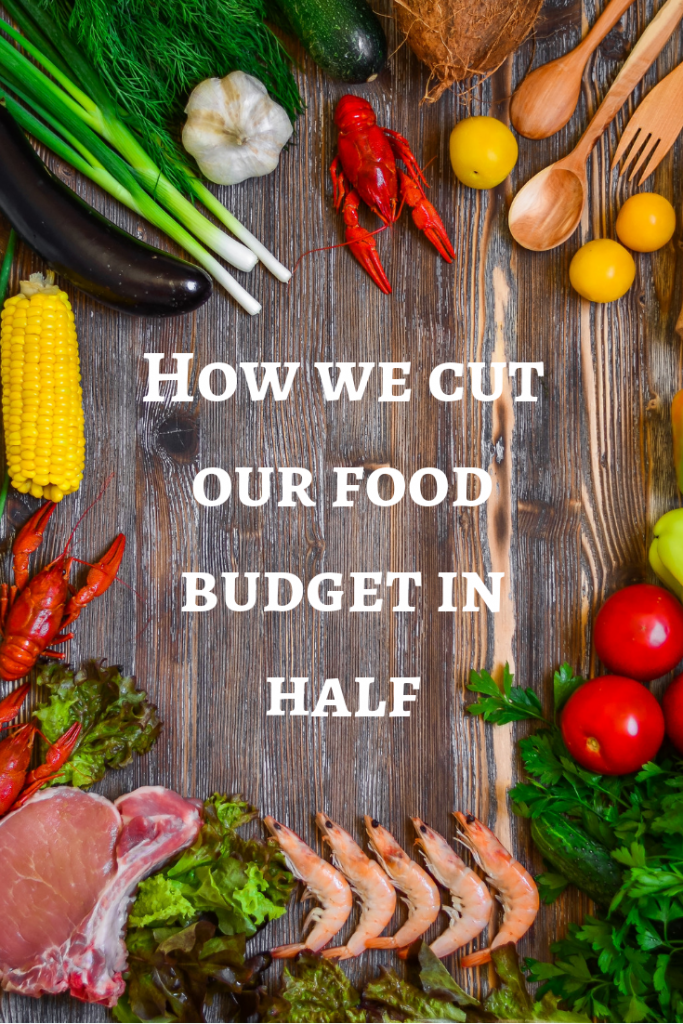


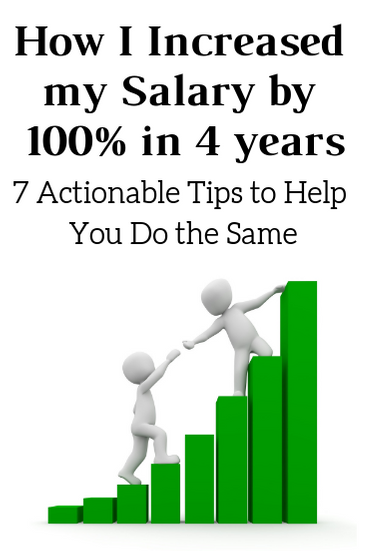
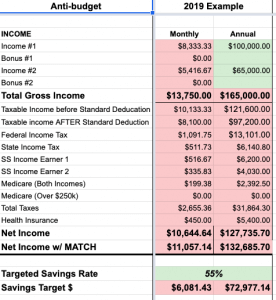

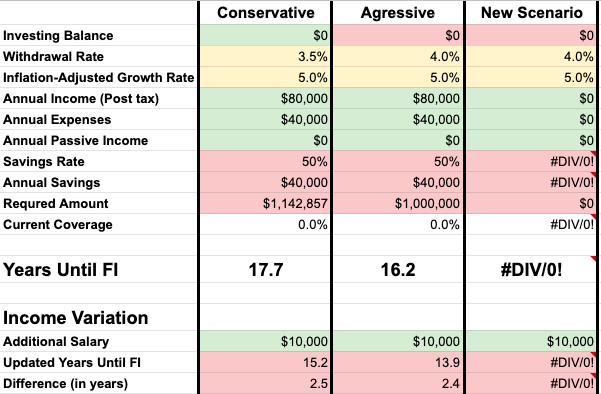
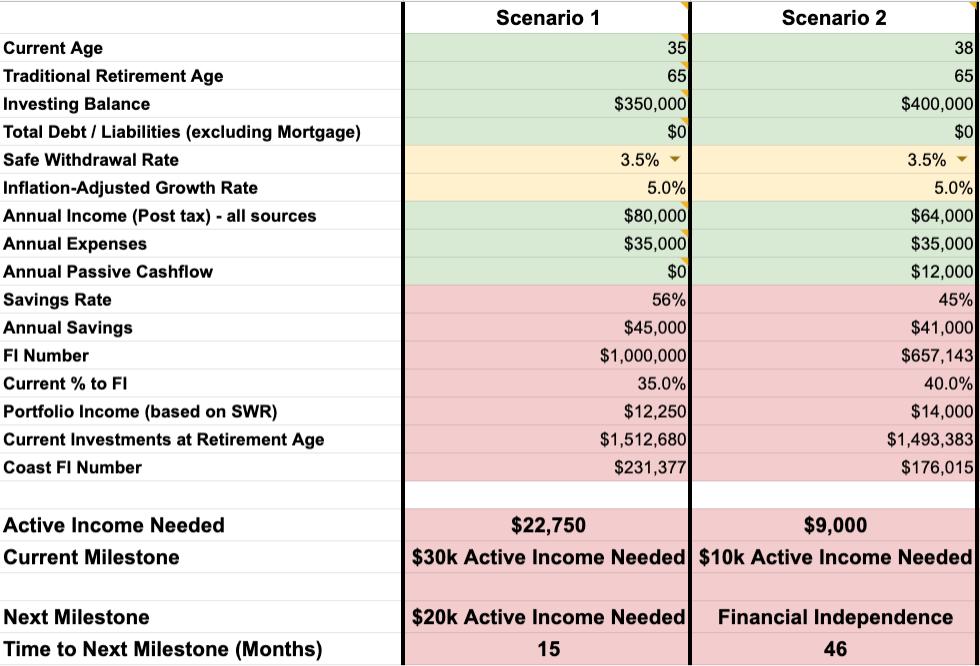
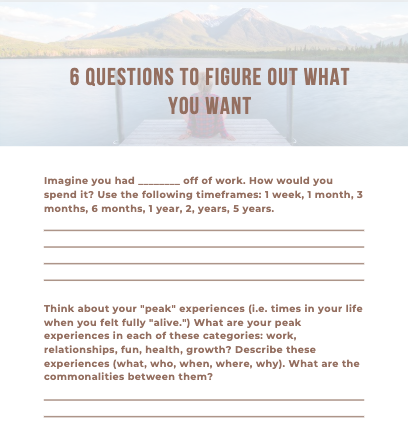
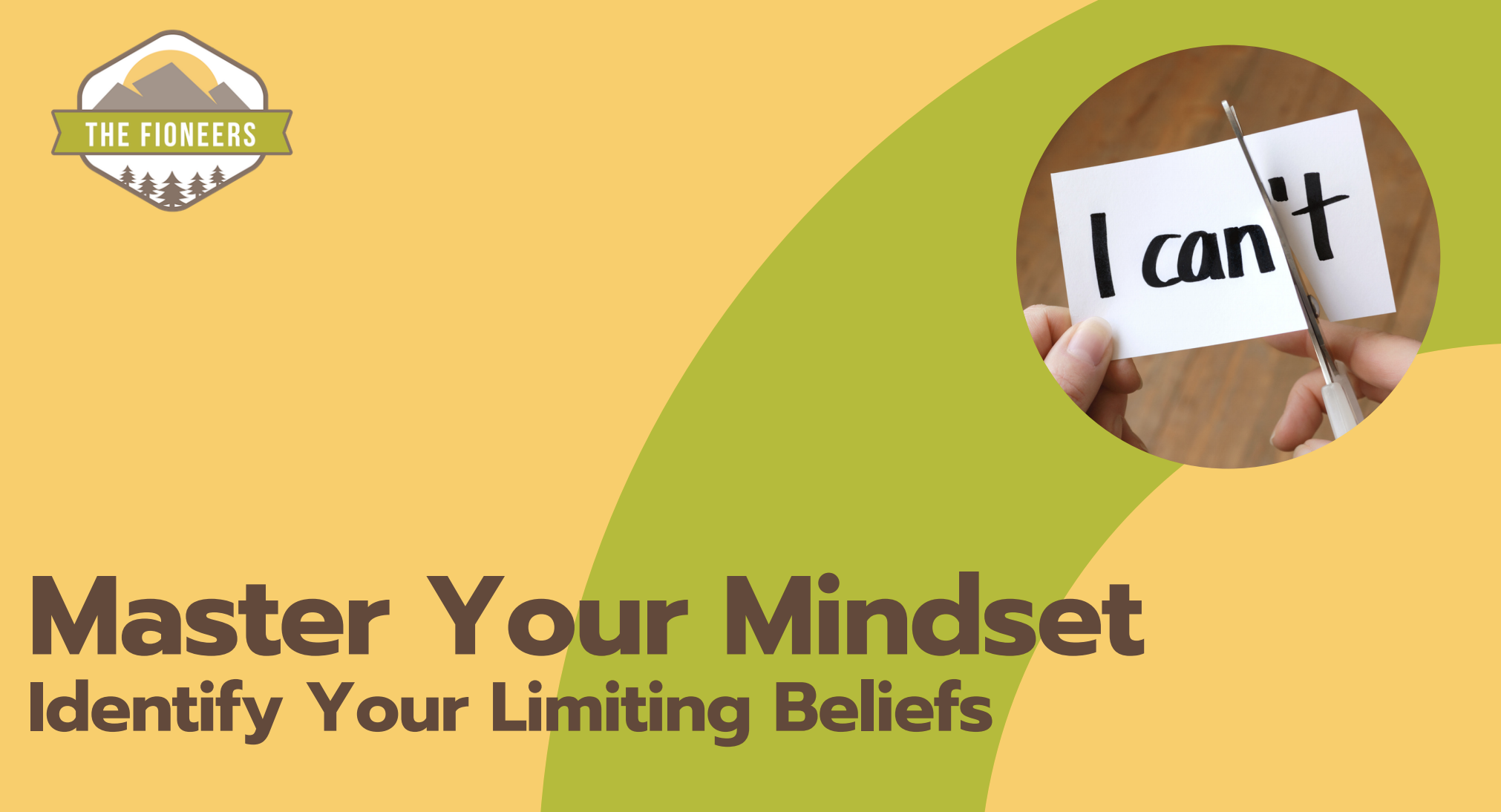
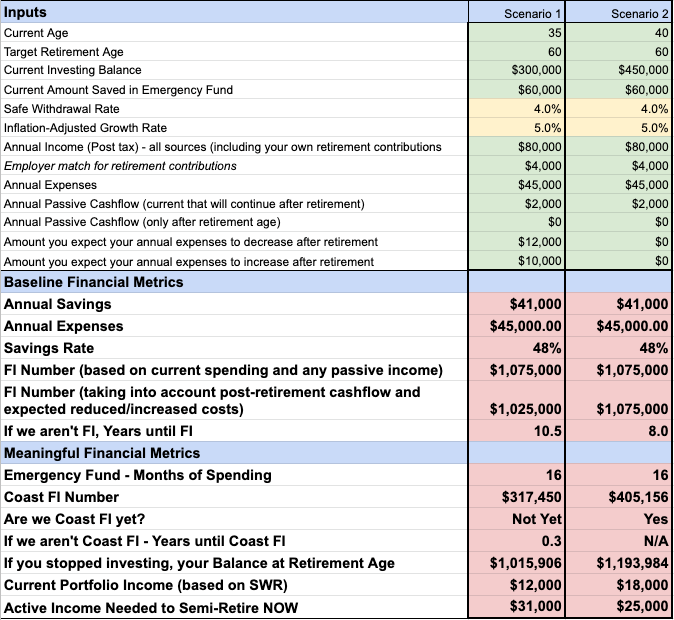
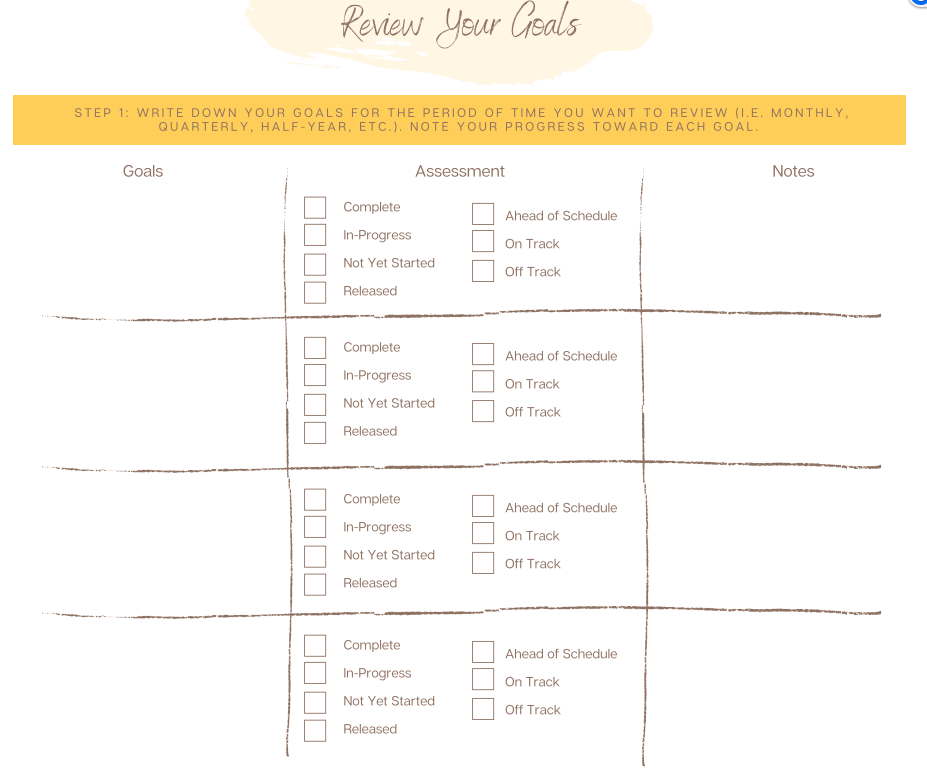
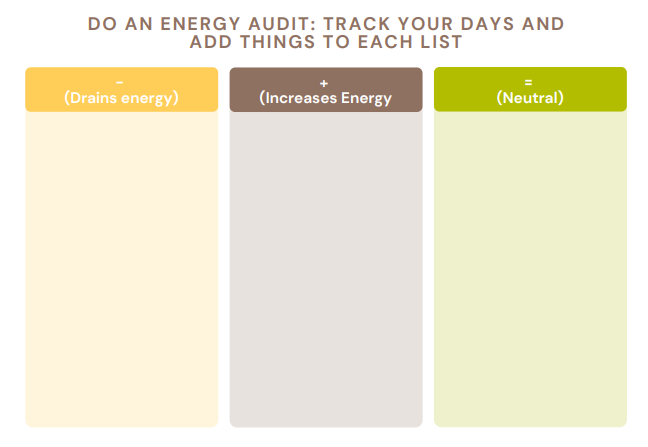
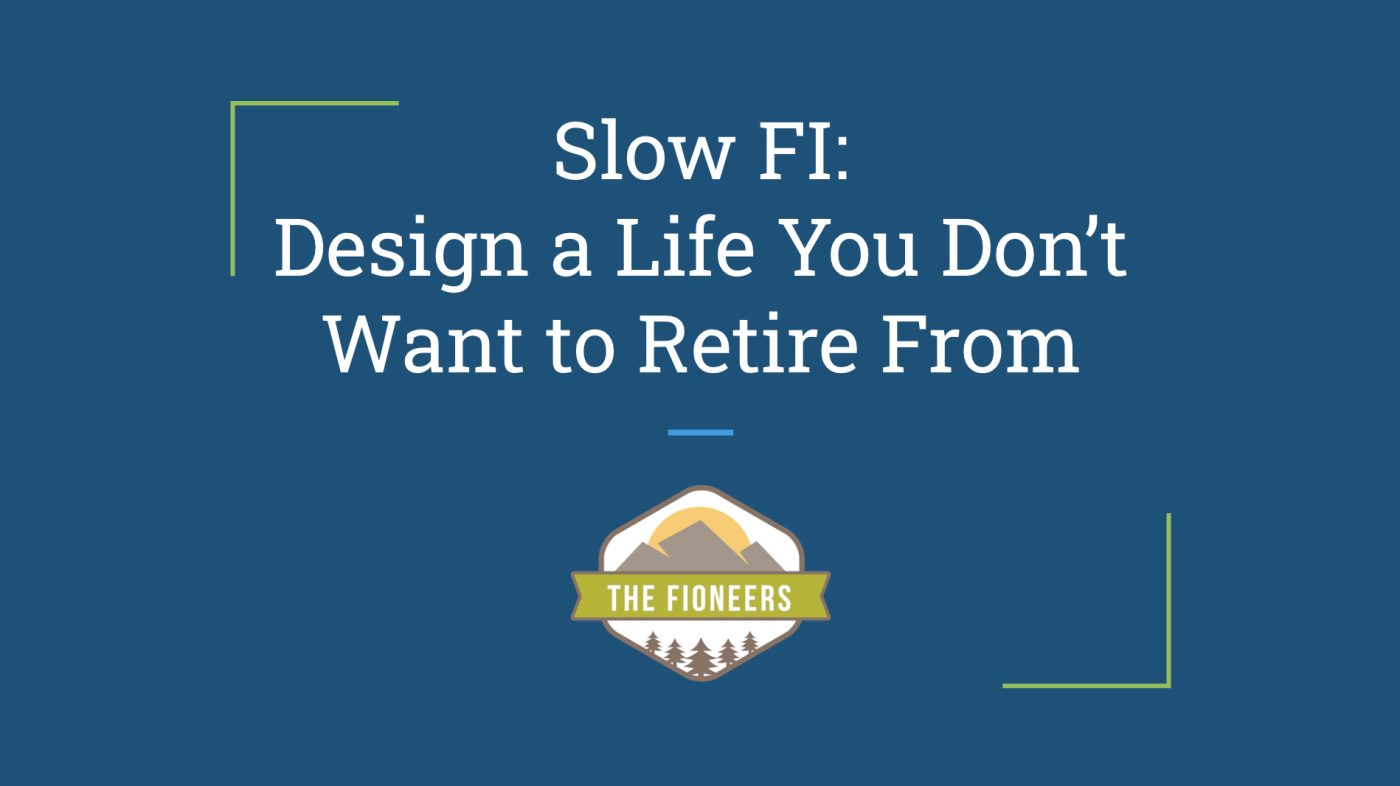
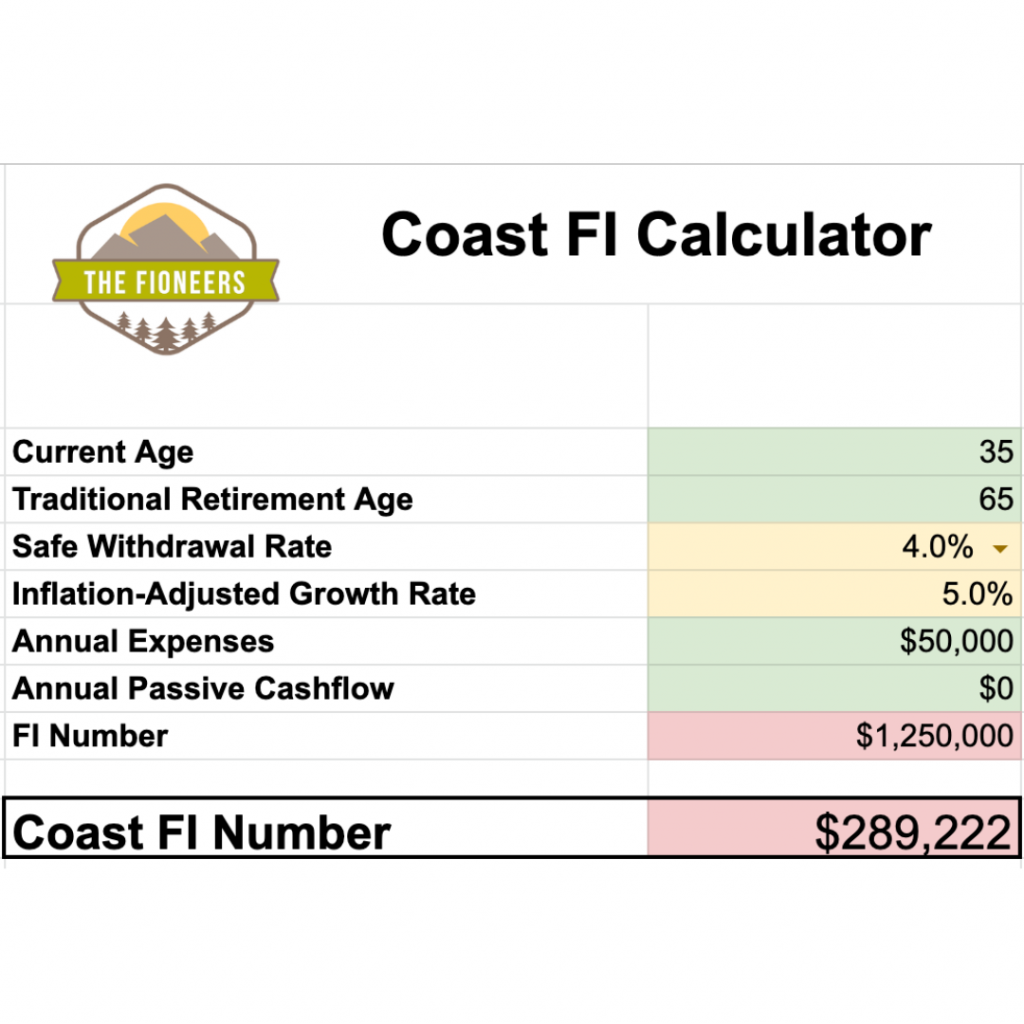



Nice post. We toyed with the idea of doing a cash out refinance for a while, but I couldn’t figure out what I’d actually do with the money, so we haven’t done anything yet.
One question: if I’m reading correctly, your $67k cash-out is going to net you $9,600 per year in rental income. Is the $67k only part of the investment? Just wondering, because a 14% cash-on-cash return is phenomenal. Thanks for sharing.
Hi Adam,
Thanks for reaching out! For us, the $67K would be added to what we’re already saving toward a rental property. 🙂 So it’s not quite that good, but we’re excited to be able to buy in cash when we’re ready.
Thanks,
Jessica
Nice reasons to do it. I would do it if I needed an influx of investing cash as well. We might get into rentals as well and using our home equity may be a level we pull. Debt consolidation makes a lot of sense too.
We were going to do this for a rental we were looking at but by the time we balanced the cash flow vs interest paid vs the actual long run profit we barely broke even and it just wasn’t worth the risk and the added responsibility of a rental.
Rates are so low that it almost always makes sense to do something like this now…What a time to be alive!….as long as you have good credit! lol
Hi Jeff,
Thanks for the comment. Yes, this certainly makes sense for us right now, but it definitely doesn’t make sense for everyone.
I’m happy to see people coming out of the woodwork sharing their experiences like this because it seems like something people don’t talk about in the personal finance community very much.
Best,
Jessica
Already wrote last week about cash out refinancing and what were the pros and cons so I guess I’m not alone in this crazy journey:)
Congratulations on the interest rate. I tried hard but jumbo loans are sadly more expensive.
If you are set on a rental property; do you plan to use cash to finance the entire purchase?
Hey!
Thanks for the comment! Yes, I think we’ll use cash for the entire purchase. We’ll see though.
Thanks,
Jessica
Hi! Interesting article! The other numbers that entered my mind when reading it were:
1) Interest is front-loaded, so in the beginning of a home loan, your payment is often 90-95% interest vs principle (excluding out first the taxes and insurance). So you’d need to calculate the true interest paid (easiest way is to dump the amoritization table into Excel and tally the interest paid over various time frames).
2) The fees (closing, as well as any ongoing) would need to be added into the ‘interest’ pile or counted against the amount borrowed as well (I believe you did do that).
3) Like investments, equity is a moving target which is not ‘real’ until you sell. So you might have $100k equity today, and $50k next year (if house prices fall). So it’s a bit like borrowing against investments. Like with stocks, one hates to sell if you’re underwater. So the more debt you have on a house (either 1st mortgage or 2nd), the more stuck you are there if equity falls.
4) If you use a home equity loan to buy a rental, and both go underwater, I wonder what that does to both if you want to move residences (and are under water). I’m not sure on that one, maybe no difference.
Thanks for the article, it really got my brain going!
Just the things my brain came up with
Hey Kat!
Thanks for the comment. We plan to buy the rental property with cash, so we wouldn’t have a mortgage on it which makes us feel better about it. We’re also not planning to leave our current house anytime soon and we live in a very desirable HCOL area – our home has increased in value by 25% since we bought it 5 years ago.
Overall, I think we’re in a situation where it’s unlikely to impact use negatively, but we have a lot of safeguards in place just in case.
Thanks!
Jess
Great Article – and really timely.
We are paying down our mortgage as quick as we can – paying 50% above what the bank requires each fortnight, then adding $700+ each month in to an offset account (thats something banks here in Australia offer, its like paying off your mortgage, but you can access the money quickly, we use it as a defacto emergency fund).
We haven’t considered refinancing, but rather take back all the overpayment money ( we are years ahead on our payments) and strip back the Emergency fund to say 9 months in case our jobs disappear in this Covid mess. Then use the funds to slowly invest in Index funds over time, taking advantage of the bargains on hand.
After readig this, Maybe a larger cash out refinance is in order, to really take advantage of conditions.
Thanks for offering up the alternative mindset, and for doing the tricky math.
Much appreciated
Shaun
Hi Shaun,
Thanks for reaching out. This is definitely one strategy, and we want to make people aware of it. Paying off the mortgage early is right for some people, but it isn’t right for others. Personal finance is personal!
Good luck,
Jessica
Getting into rentals is a phenomenal idea. I invest in real estate myself. I am a big proponent of the cash out refinance for several reasons. I’ve been meaning to write an article on this topic. Although it is nice peace of mind to have a paid off personal residence, home equity is illiquid, unherently unsafe (I’ll explain in a sec) and the return oh home equity is always zero. The illiquidity is pretty self explanatory, you’d need a refinance, sale or HELOC to access that equity. A return of zero is a little bit harder to grasp, but home values go up over time due to a depreciation of currency (among other market forces) and that home will go up in value whether there is a loan on it or not. And making extra principle payments only helps the bank, not the home owner. The homeowner has no increased protections from having more equity should their income dry up and not be able to make payments. That money is better off in a safe, liquid haven for a rainy day. Inherently unsafe is the hardest one to grasp. Lets play out a scenario where someone gets hurt on your property and sues you. If you have a low equity position, the bank is more likely to help you find a good lawyer and may even help pay for the lawsuit, vs if you have a high equity position, the bank has made most of their profit on the front end of the loan and won’t be as obligated to help you fight the battle.
Hi Isaac,
This is a really good point! Thanks for sharing.
Jessica
Thanks for this post! We are planning on building a new house in about 4-5 years. I have no idea why it didn’t occur to me to do a cash-out refinance instead of getting a construction loan. I just assumed I had to get a construction loan. However, a cash out finance would give us a substantially better interest rate. Avoiding a construction loan also gives us less headache with submitting construction planning documents to the lender. So, thanks!
Hi Sarah,
This is awesome! So happy to hear it.
Best of luck,
Jess